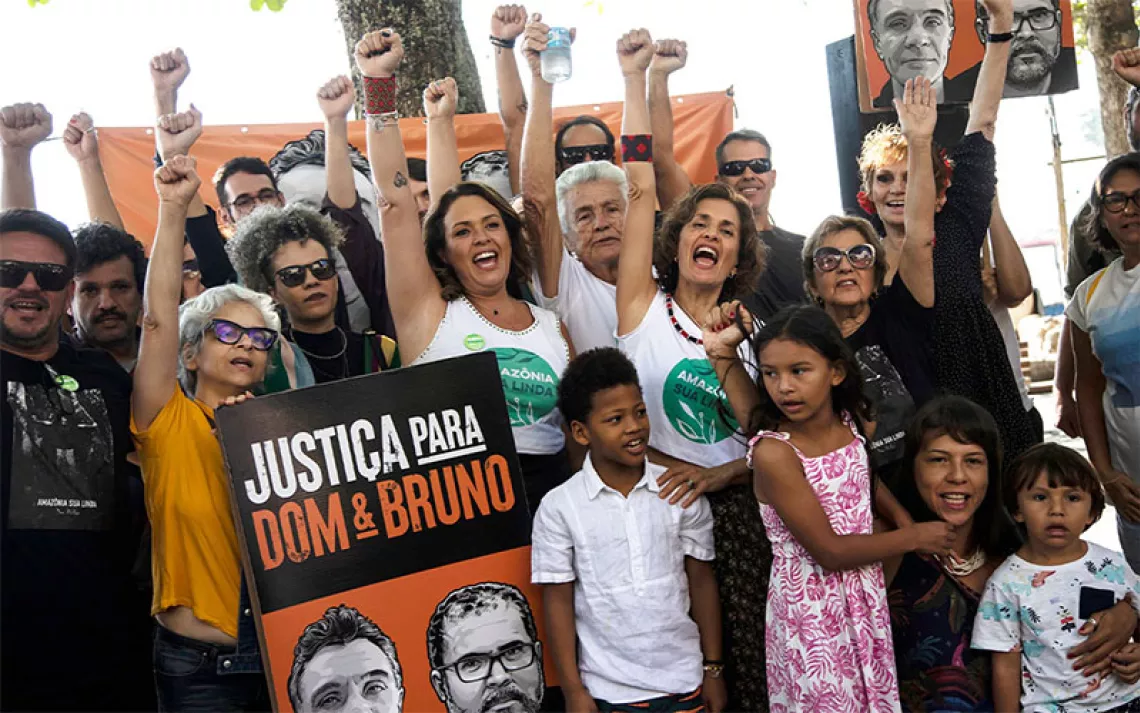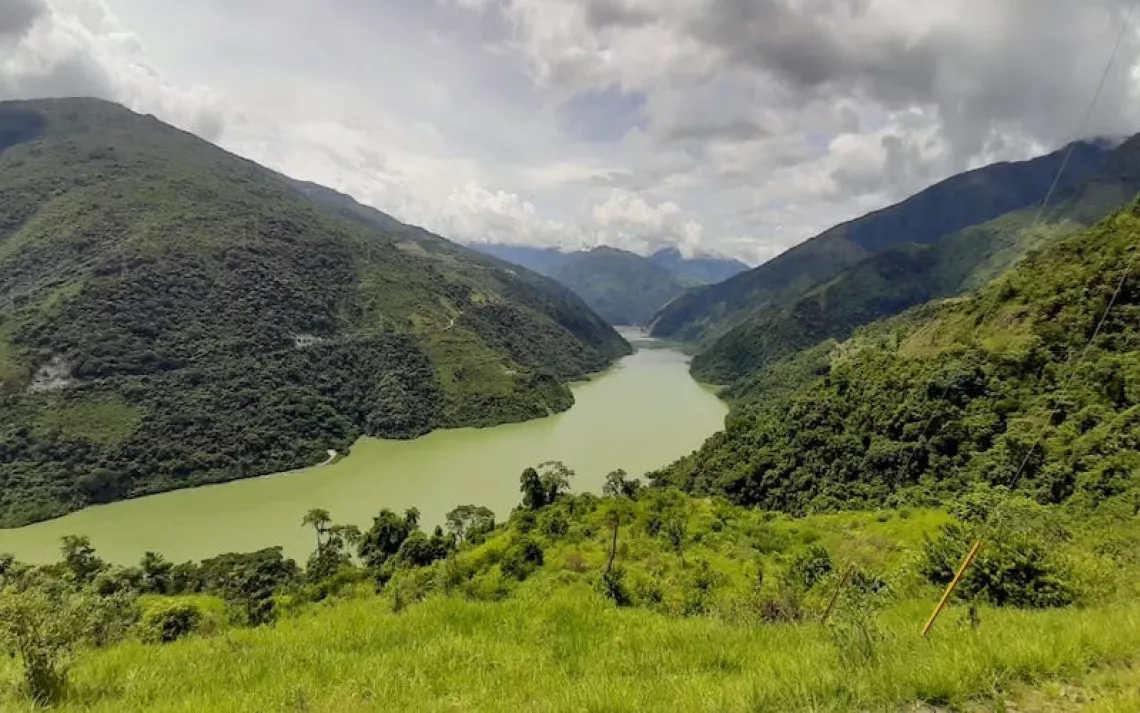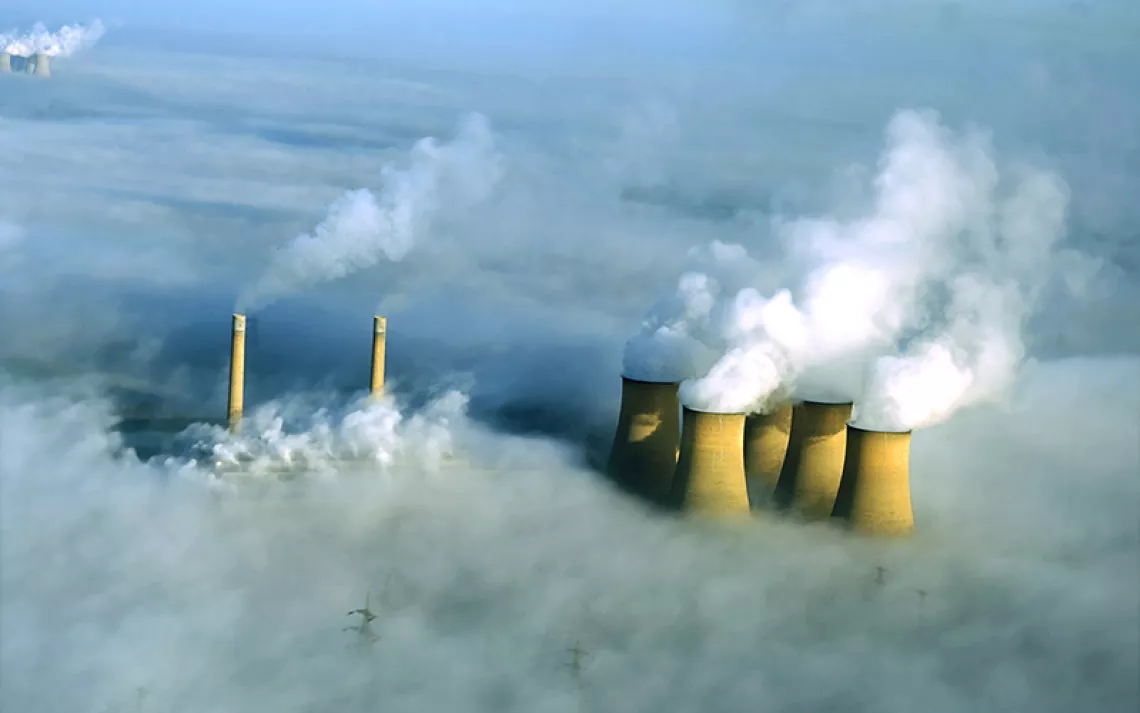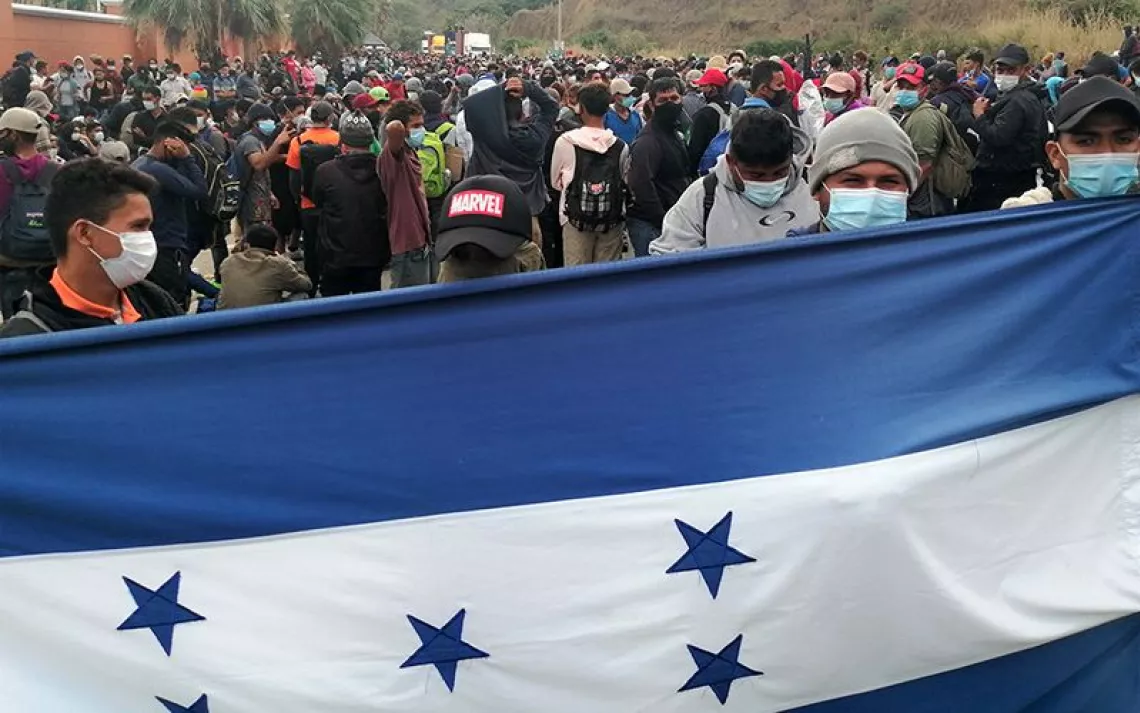Why Is Violence Against Environmental Activists on the Rise?
Each year sets a grim new record
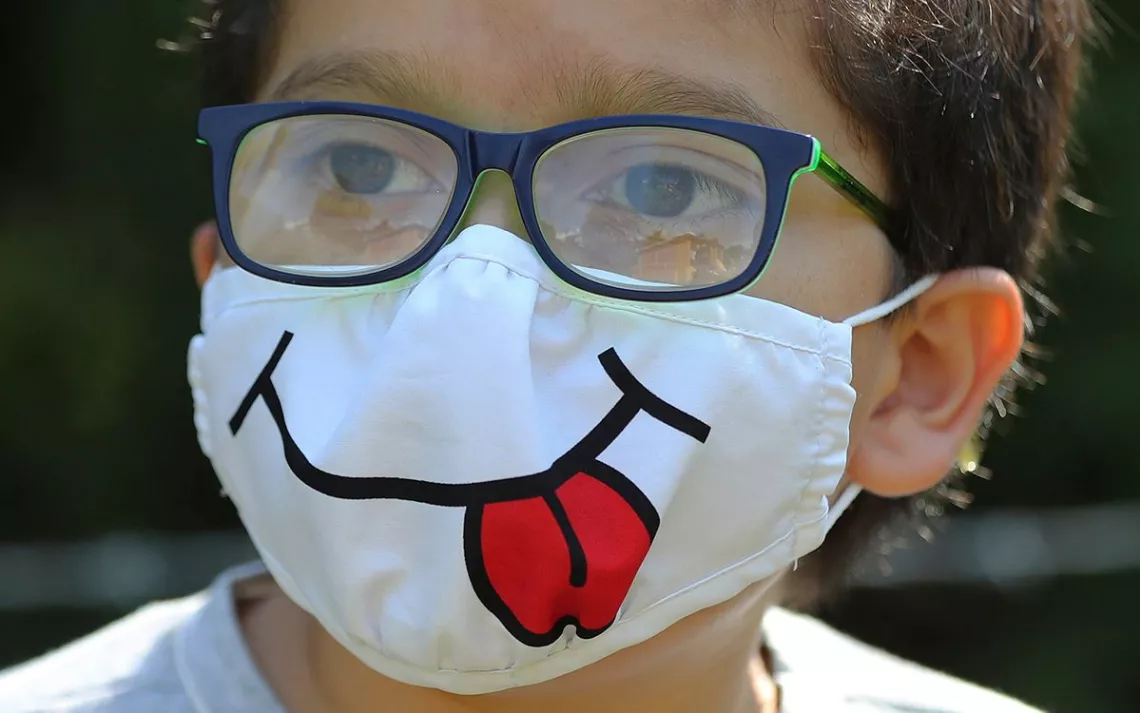
Eleven-year-old Colombian environmental activist Francisco Vera. | Photo by AP/Fernando Vergara
On October 29, Juana Perea Plata’s body was found on a beach in the northern coastal region of Chocó, Colombia. The renowned environmental activist had been killed execution style by a gunshot to the head. Plata, an eco-hostel owner, had advocated for environmental conservation, organized opposition to the construction of a planned industrial port, and championed women’s rights in a region long-known for lawlessness and armed criminal groups.
Colombian authorities say that armed men from a paramilitary group known as the Clan del Golfo abducted the social leader from her home, transported her to the popular beach where they knew the body would be found, and murdered her. They did so not only to silence her but also to send a message to other activists in the region that speaking up is deadly.
Her death is part of a rising tide globally of violence against environmental activists. In 2019, 212 were murdered, according to a report last year by Global Witness, making it the fifth year in a row that was the deadliest on record. On average, four activists have been killed every week since December 2015.
Although final numbers are still being collected and parsed, experts with UN NGOs and research groups like Global Witness say that the trend only continued in 2020.
Indigenous peoples are especially vulnerable, especially in Latin America. Forty percent of activists killed globally in 2019 were from Indigenous communities, despite the fact that they make up less than 4 percent of the global population.
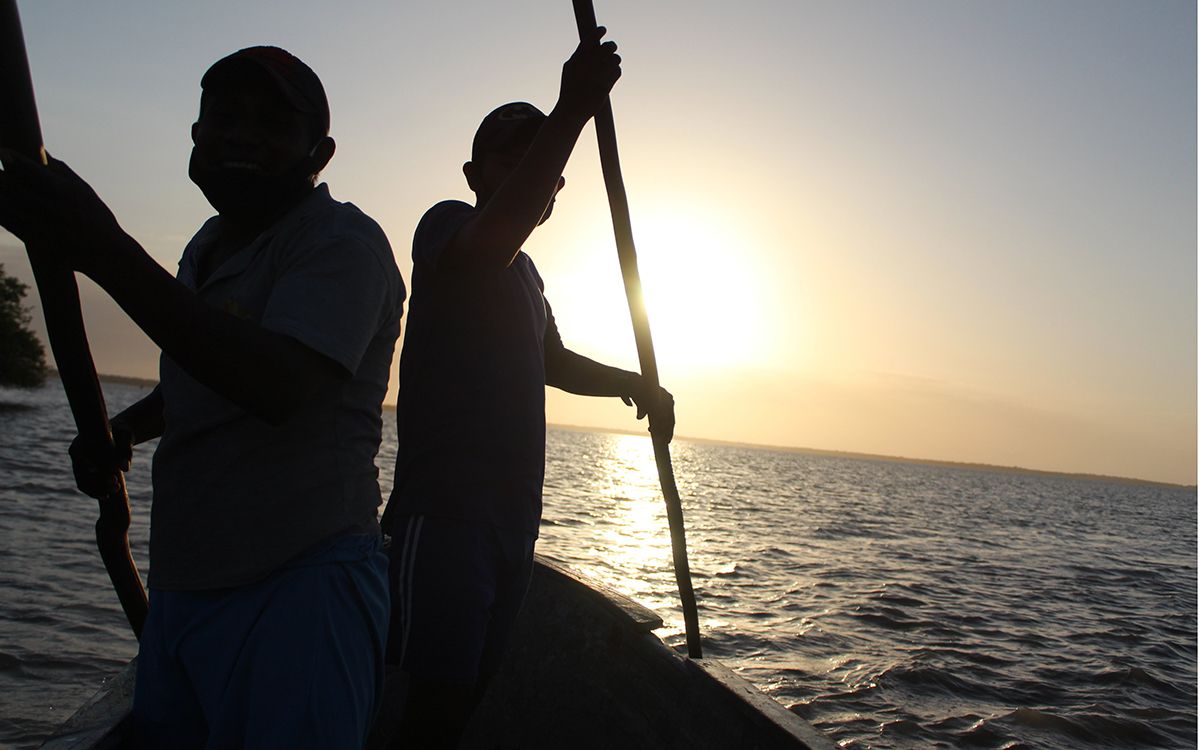
Wayuu tribe members pilot a boat through a protected wildlife reserve in Guajira, Colombia. | Photo by Joshua Collins
In Colombia, the threats are even directed at children. Eleven-year-old child activist Francisco Vera, who has often been compared to Greta Thunberg, started a children’s environmental activist group called Guardians for Life in 2019 and releases videos calling for greater animal rights, land protection, and education. On January 16, this message was posted to his social media feed from an anonymous account: “I can’t wait to skin this son of a bitch. I want to hear him scream while I cut off his fingers, to see if he keeps talking about environmentalism and dignity.”
Francisco’s mother, Ana Maria Manzanares, told Sierra that Francisco is unfettered by the nasty rhetoric and wants to continue defending animals and the planet. She reported that a letter he received from the United Nations commending him for his bravery and activism has encouraged him to keep organizing and releasing videos.
Why is the world becoming increasingly deadly for environmental activists? Experts say reasons vary from region to region, but there are commonalities that stretch across borders.
One of the biggest factors is the prevailing sense that there will be no consequences for actors who threaten or harm activists. From the Philippines, where almost half of the documented murders of environmental activists under Duterte’s government were linked to armed forces or paramilitary groups, to Honduras, which reported 14 murders of environmental activists in 2020 (the highest per-capita number in the world), most of the killers are never brought to justice. Francisca Stuardo, research consultant for Global Witness, told Sierra that the actual numbers are probably higher than the official data suggests. Crimes against activists are grossly under-reported because victims and communities fear reprisal or simply don’t believe that law enforcement will investigate.
Furthermore, governments around the world tend to view environmental concerns as barriers to economic growth, and officials within them often encourage or are allied with the very private industries land defenders oppose. This means officials may turn a blind eye toward aggression, or even criminalize environmental activism. In some cases, the states themselves may be directly threatening activists.
Carlos Andrés Santiago is the general secretary of CORDATEC, an environmental organization that opposes fracking, in San Martín, Colombia. He describes a state that seems unwilling to address a worsening cycle of violence. He first started receiving threats against his life and those of his family members five years ago. He even provided the names and phone numbers of those responsible to local police. “All this time, and there have been no consequences," he told Sierra. "I regularly called the prosecutor to check on the cases. This year they told me the cases had been closed and refused to provide further information.”
In 2019, while Santiago was visiting Bogotá for a conference on alternative energy, he was approached in his car on the highway by a man who pointed a pistol in his direction and yelled threats. Despite the fact that he reported the incident and the license plate of the man’s vehicle, the police have made no progress in identifying his assailant. “The state now provides me with bodyguards,” he said. “But they don’t address the underlying issues. There are no consequences for those who commit these threats, or even most of those who commit violence. It is a common denominator across the region.”
He continues to report threats not because he hopes the Colombian government will take action, but so that he has official documentation that they are happening.
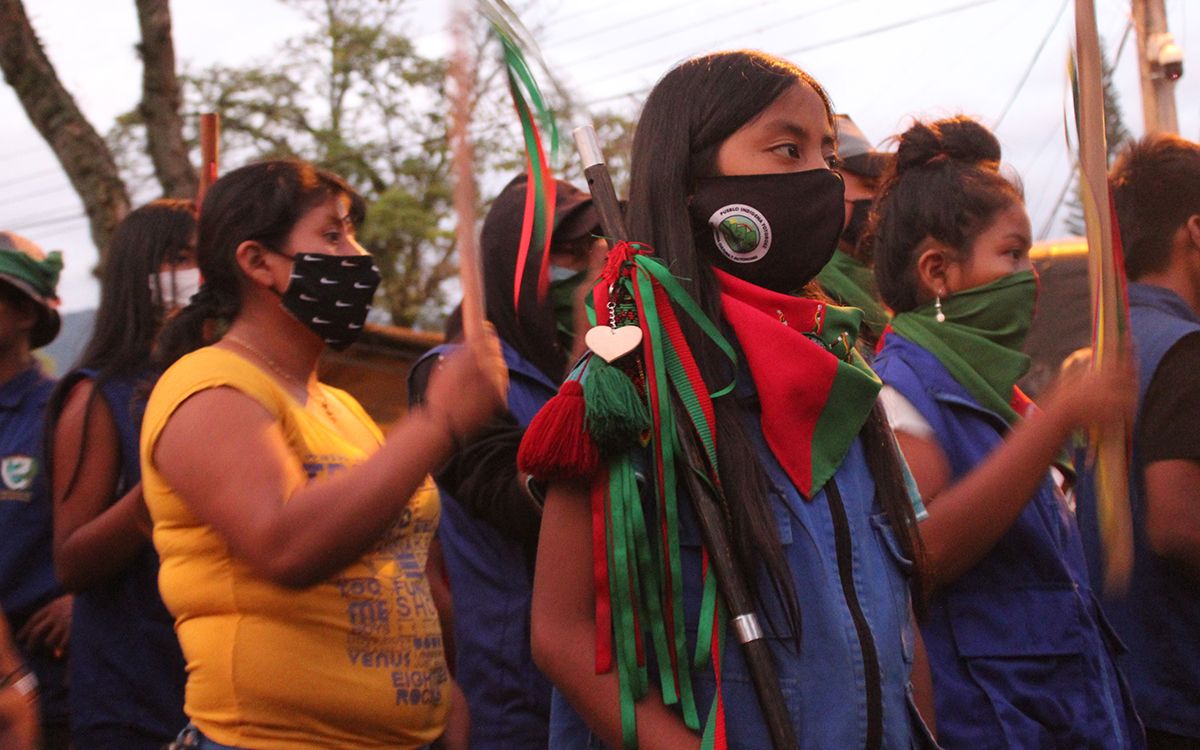
A young Nasa tribe member at the "Minga" protests in 2020, an Indigenous movement in Colombia. | Photo by Joshua Collins
Stuardo says that the problem goes far beyond Latin America. “It's a cycle we see repeating around the world. And it’s growing. Activists often receive threats, which are initially ignored by authorities and escalate to intimidation by violence or even murder.” She described a culture of impunity in which states are slow to react to activists who often threaten private interests with which they are aligned.
The COVID-19 pandemic has exacerbated the problem. Governments busy managing the health crisis are slower to respond to threats, explained Stuardo, and in many places lockdowns are being used as an excuse to crack down on activism. “States are rejecting recommendations from aid groups, human rights organizations, and the UN,” she explained. “In some cases, we see criminalization of activism, especially in regions like the Philippines, where the government often [labels] land defenders as ‘terrorists.’”
Criminalizing activists as "rebels" or accusing them of being "anti-development" is a common strategy used by governments and the media to delegitimize them.
A final factor in the worsening levels of violence may actually be climate change itself. As vulnerable areas of the globe experience rising temperatures and increased risk of flooding, drought, and other extreme weather events, the number of those opposing environmental destruction and fossil fuel extraction may be growing, especially among the youth. As the recent Climate Strike movement showed, the message of climate activism is gaining ground. The tide of rising violence in recent years is grim, but perhaps there is a glimmer of hope that the numbers of those raising their voices will finally grow large enough to silence the thugs.
 The Magazine of The Sierra Club
The Magazine of The Sierra Club
